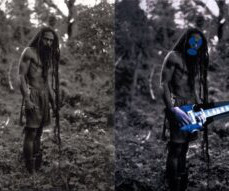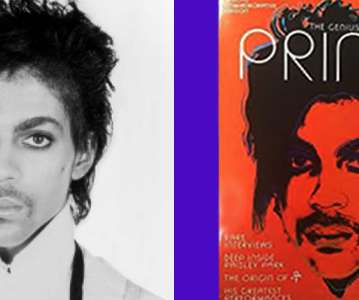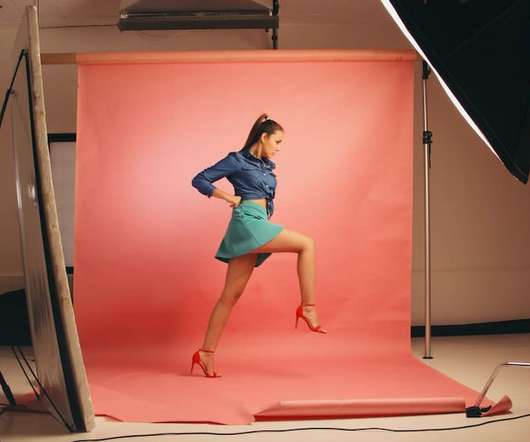CCC Welcomes Panel of Curriculum and Copyright Experts to Explore Why High-Quality Content Matters in K-12
Velocity of Content
DECEMBER 5, 2023
He is a Chef in the Scholarly Kitchen and has written and lectured extensively on the subjects of copyright, licensing, open access, artificial intelligence, metadata, text/data mining, new media, artists’ rights, and art law.













Let's personalize your content